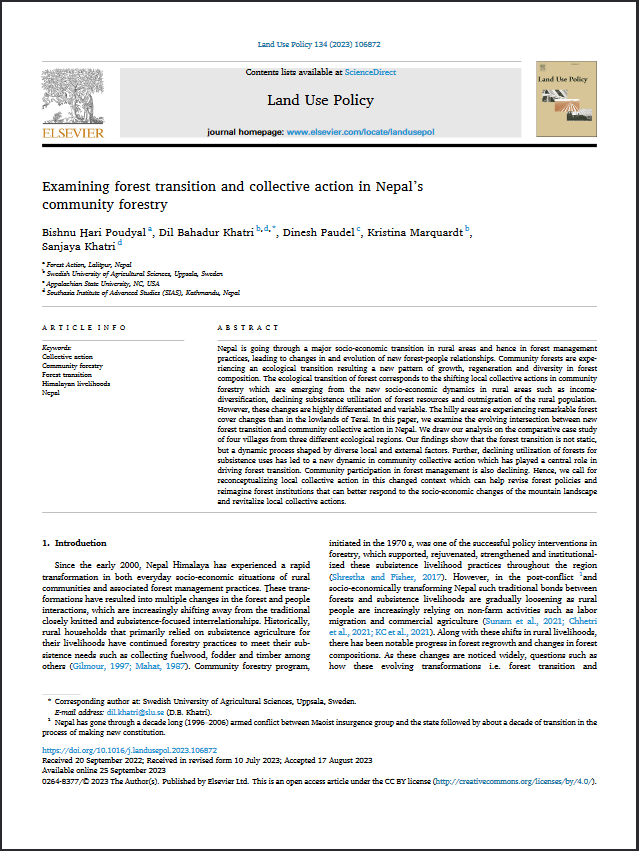Published online: 26 July 2015
Authors: Hem Bahadur Katuwal, Kaustuv Raj Neupane, Dipendra Adhikari, Mohan Sharma & Sanjan Thapa
Available at: http://dx.doi.org/10.11609/JoTT.o4202.7563-7
ABSTRACT
Pangolin populations are declining globally due to illicit trade for meat and ethno-medicinal practices. We performed semi-structured interviews to analyze scenario of trade activities and documented the ethno-medicinal importance of pangolins in four districts of eastern Nepal. Out of 106 respondents, 78.3% had seen live pangolins, 90.6% had seen their burrows and 66% respondents speculated their decreasing population. Although 64% of the respondents were aware that pangolin is protected species, 44% of respondents had eaten its meat. We found the trade as an organized network where poachers of one village supply pangolins and its parts to poachers of another village and so on until it reaches the international border. Trade flow was more across the Chinese border via different routes where the prices varied from US$ 500–625/kg or even more. For this illegal trade, poachers provoke unemployed youths especially from ethnic communities. Most people hunt pangolins merely for trade without knowing its exact medicinal value. Some people, however, use meat and scales to supposedly cure gastro-intestinal disease, skin disease, cardiac problem, pregnancy pains, back pain; and also for making rings, bags, jackets, purses and musical instruments. As most pangolin habitats lie outside protected areas, illicit trade is increasing rapidly. We recommend immediate strategic plans, effective monitoring techniques and inter-border cooperation to thwart the trade, and raise awareness of their importance.







